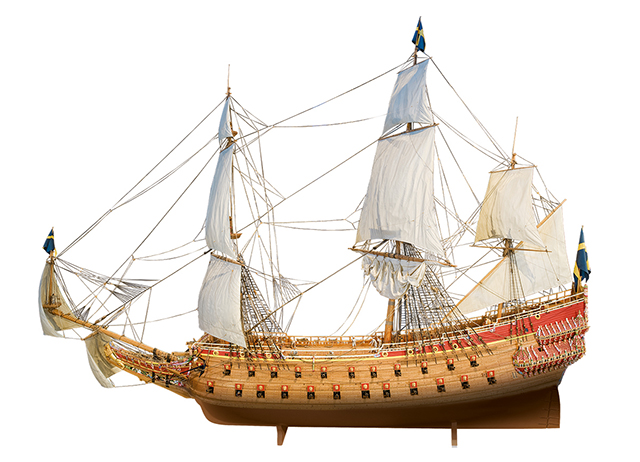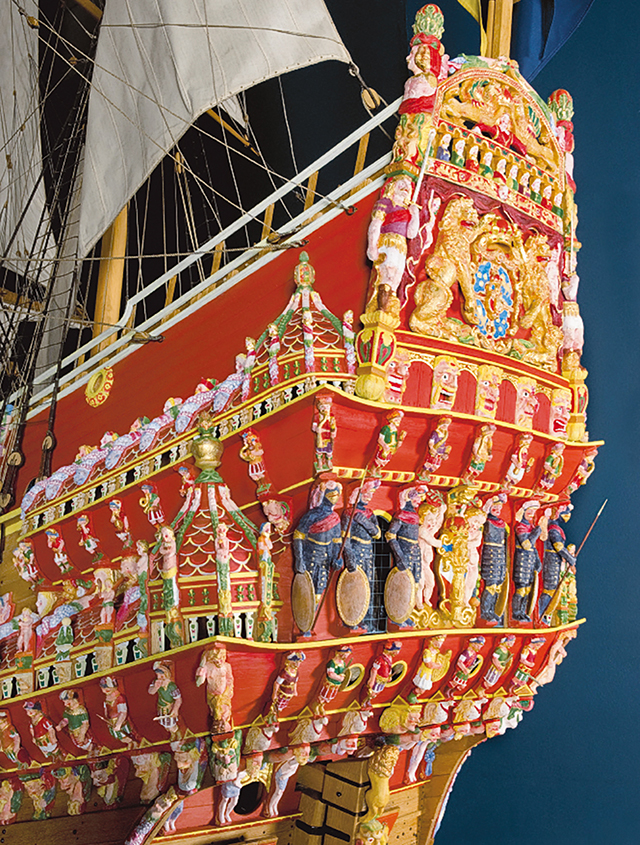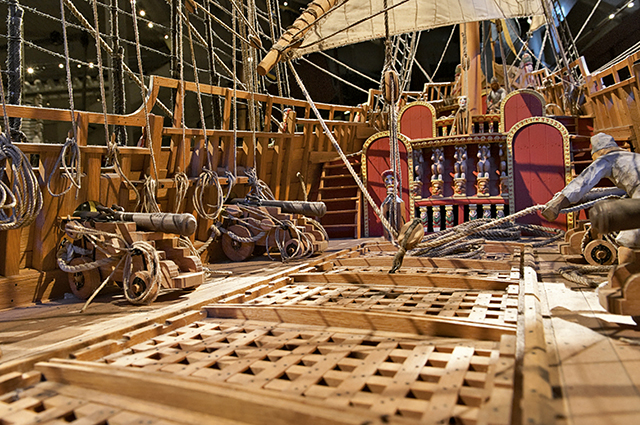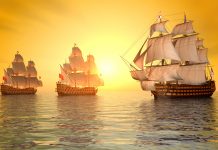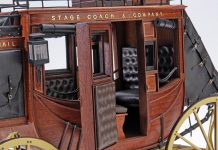Vasa – The Tragic History of Sweden’s Greatest Warship
When it comes to the famed ships of history, most are recognised for their design, beauty, and military exploits. The HMS Victory, Soleil Royal, Sovereign of the Seas, and USS Constitution are all fine examples of ships that left their mark on naval history. But for every fine warship, there are others that didn’t quite measure up to expectations. While she may have matched these other ships with her beauty and military ability, the Vasa’s place in history is marked by underachievement. Read on to discover the ill-fated story of Sweden’s most famous warship!
The rise of Gustav II Adolf of Sweden
Crowned at just 16-years old, Gustav II Adolf (Gustavus II Adolphus) swiftly demonstrated a wise head on young shoulders. An astute tactician and brave warrior, he became known as the “Lion of the North”, and was in many ways responsible for leading Sweden out of turmoil and into a position of power. His military innovations and achievements were such that he has been labelled by historians as one of finest ever generals. After establishing himself as a powerful leader, Adolf was in need of an equally powerful warship. Thus, the construction of the Vasa was ordered.
An astute tactician and brave warrior, he became known as the “Lion of the North”
Construction of the Vasa
In January 1625, King Gustav II Adolf ordered Admiral Klas Fleming to procure the services of two Stockholm ship builders, Henrik and Arend Hybertsson. The duo were tasked with the design and construction of four ships, including the Vasa. According to historical recounts, construction was interrupted and hindered regularly, with the King said to have changed his orders throughout. Other problems included lack of construction specifications for the Vasa’s keel, repeated armament changes, and the illness and death of the shipwright, Henrik. Despite these setbacks, the Vasa was completed in the summer of 1628.
A warship to behold
Measuring 69 metres (226 feet) long and 50 metres (164 feet) tall, the Vasa had the makings of a dominant warship. Equipped with 64 cannons, including a cannon on each side capable of firing 250 kilograms of ammunition in a solo broadside attack, she was the most powerful ship in the Baltic Sea, and arguably the world. Coupling these armaments with her significant speed, the Vasa should have become one of the most devastating warships of all time.
The humiliating shipwreck
Prior to her launch, supervising captain Söfring Hansson expressed concerns to Admiral Fleming that the Vasa was unstable, and thus unfit for sailing. With the Admiral present, Hansson commanded 30 men perform a “lurch” test – running across the deck, back and forth. This simple exercise was telling, with the ship rolling disturbingly. The effect was so dramatic that Fleming called off the display, but under pressure from the King he ordered the ship’s launch.
So it was that, on August 10th, 1628, the Vasa launched into Stockholm harbour on its maiden voyage. The ship made it roughly 1300 metres but was hit by strong winds. It survived the first blast, but the second caused it tilt sideways. With the Swedish public watching from the shore, water rushed into its open gun-ports and the Vasa sank 32 metres to the seabed in a matter of minutes. Not only was the sinking a national embarrassment, but it was also a tragedy, with all but 30 of the Vasa’s crew perishing in the shipwreck.
In the decades that followed, several attempts were made to salvage the Vasa. While most failed, a team of divers managed to salvage her cannons in the 1660s, after which it was forgotten for almost 300 years. In the 1950s she was rediscovered, and was successfully raised from the bottom of the harbour. It can now be seen in its entirety at Stockholm’s Vasa Maritime Museum, the decayed symbol of Sweden’s “great power period. Despite its tragic ending the ship remains one of the most impressive and beautifully decorated warships in history, and is the inspiration for our 1:65 scale model Vasa replica!

